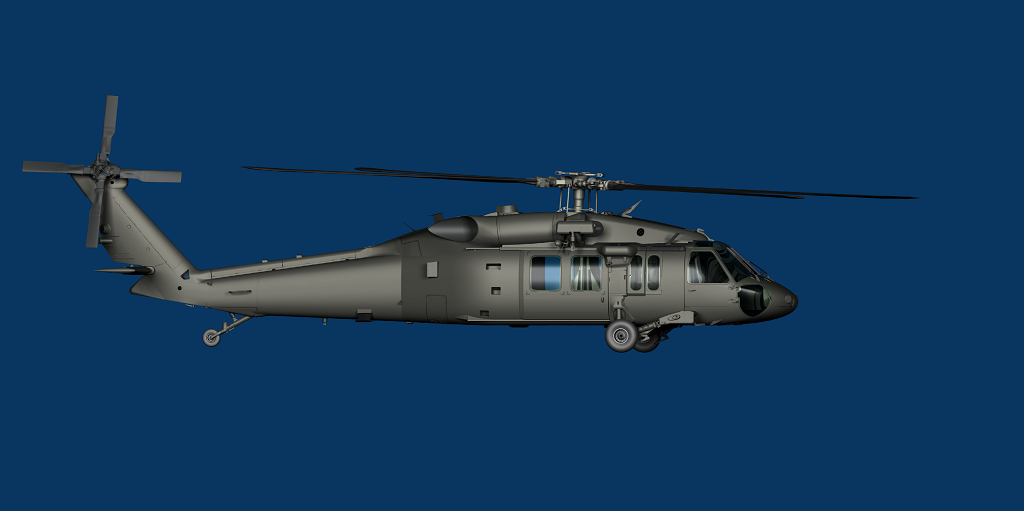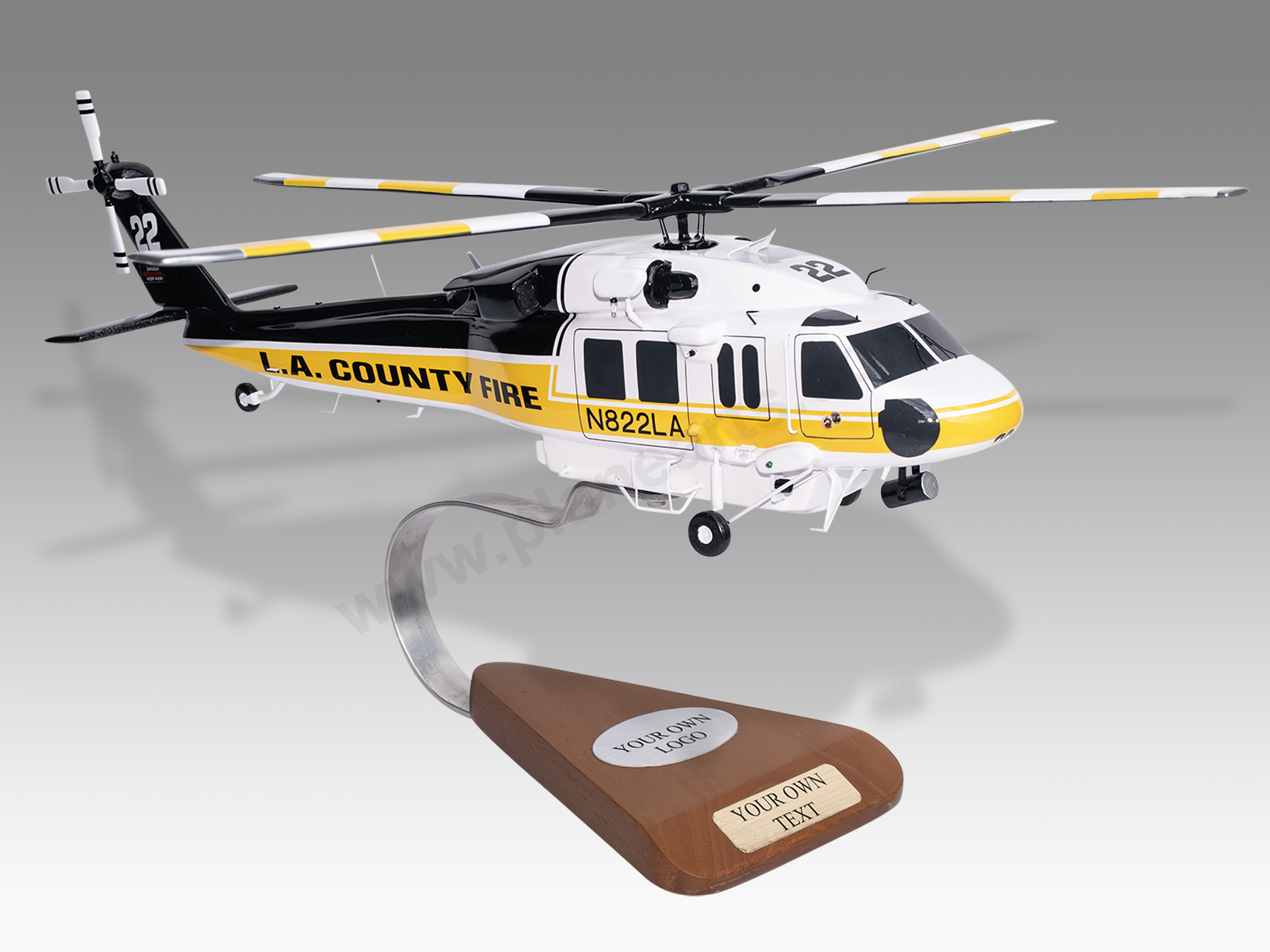Why the Sikorsky S 70 is the Preferred Option for Modern Helicopter Missions
Why the Sikorsky S 70 is the Preferred Option for Modern Helicopter Missions
Blog Article
High-Performance Multi-Role Rotorcraft Featuring Advanced Cockpit Technologies and Integrated Sensing Unit Systems
The realm of rotorcraft modern technology has seen significant advancements in current times, especially in the world of high-performance multi-role rotorcraft equipped with innovative cockpit technologies and perfectly incorporated sensing unit systems. In the following discussion, we will certainly check out the evolution of rotorcraft modern technology, delve right into the world of innovative cockpit advancements, and take a look at the implications of integrated sensing unit systems on the functional flexibility and efficiency of modern rotorcraft.
Evolution of Rotorcraft Modern Technology
The evolution of rotorcraft technology has actually been marked by substantial advancements in the rules of aerodynamics, materials, and propulsion systems, forming the capacities and efficiency of contemporary rotorcraft. Wind resistant enhancements have actually boosted the performance and maneuverability of rotorcraft, permitting enhanced rate, dexterity, and stability throughout trip (sikorsky s 70). Innovations in materials, such as making use of composite products and progressed alloys, have brought about lighter yet more powerful rotorcraft frameworks, improving overall efficiency and toughness. Additionally, improvements in propulsion systems, including a lot more powerful engines and ingenious propulsion technologies, have made it possible for rotorcraft to attain greater altitudes, faster speeds, and better payloads.
These improvements have not only changed the abilities of rotorcraft but have additionally expanded their applications throughout various markets, including army, industrial, and emergency situation services. The continual advancement of rotorcraft technology continues to drive development in the area, pressing the boundaries of what is feasible and forming the future of upright trip.
Advanced Cockpit Innovations
Structure upon the fundamental advancements in aerodynamics, products, and propulsion systems, the world of rotorcraft technology now changes focus in the direction of introducing Advanced Cockpit Innovations. The combination of innovative modern technologies within the cockpit environment plays a vital duty in enhancing the operational capacities, safety, and effectiveness of modern-day rotorcraft. sikorsky s 70. Advanced Cockpit Innovations include a broad selection of attributes designed to supply pilots with boosted situational understanding, streamlined data management, and user-friendly control interfaces
Among the crucial improvements in cabin layout is the implementation of glass cabins, which replace typical analog determines with high-resolution display screens. These electronic systems supply personalized designs, real-time information assimilation, and enhanced readability, making it possible for pilots to accessibility crucial info at a glimpse. Advanced avionics systems, such as fly-by-wire controls and increased reality screens, are transforming exactly how pilots interact with the airplane, permitting for precise control and boosted decision-making capacities.


Incorporating sophisticated cabin technologies not just boosts pilot performance but additionally contributes to overall mission effectiveness and safety and security in complex functional settings. By leveraging advanced innovations within the cabin, rotorcraft manufacturers are setting brand-new standards for operational quality and goal success.
Integrated Sensing Unit Solutions
With the development of rotorcraft technology, the integration of advanced Integrated Sensor Equipment has actually become critical in improving functional performance and safety and security. These Integrated Sensor Solutions incorporate a broad range of modern technologies that provide important data for numerous features such as navigation, monitoring, targeting, and ecological monitoring. By seamlessly integrating sensing units like radars, electronic cameras, lidar, and infrared systems into rotorcraft, drivers can profit from improved situational awareness, enhanced objective abilities, and reduced pilot workload.
One trick benefit of Integrated Sensor Solutions is their capability to collect real-time information and provide actionable insights to pilots and goal operators. As an example, advanced radar systems can detect and track targets over cross news countries, enabling very early risk discovery and reliable action preparation. Furthermore, integrating electro-optical and infrared electronic cameras enables rotorcraft to carry out reconnaissance and monitoring goals with precision and accuracy.
In essence, the assimilation of cutting-edge sensing unit technologies into rotorcraft not only improves functional performance yet additionally contributes considerably to general goal success and staff safety and security. As rotorcraft continue to progress, the duty of Integrated Sensor Equipment will undoubtedly remain at the leading edge of advancement in the aerospace industry.
Functional Flexibility and Efficiency
Enhancing operational convenience and performance in rotorcraft is an all-natural progression from the integration of innovative Integrated Sensing unit Equipments. By leveraging the understandings and information provided by these sophisticated sensor systems, rotorcraft can enhance their efficiency throughout different missions and environments.
Functional convenience incorporates the capacity of rotorcraft to adapt to different roles and circumstances efficiently. With innovative cockpit innovations and integrated sensor systems, rotorcraft can perfectly shift in between tasks such as search and rescue, clinical evacuation, monitoring, and more. This versatility boosts the rotorcraft's ability to fulfill diverse operational needs without calling for substantial reconfiguration.
Efficiency in rotorcraft procedures is critical for making the most of goal effectiveness and resource use. Integrated sensing unit systems play a critical function in boosting operational performance by giving real-time data on weather, terrain mapping, target tracking, and much more. This data makes it possible for pilots to make informed decisions quickly, optimize trip courses, preserve gas, and improve general mission efficiency.
Effect On Modern Air Travel Procedures

Furthermore, the integration of advanced sensing units promotes enhanced mission preparation and execution, enabling rotorcraft to carry out a variety of tasks with boosted accuracy. From search and rescue operations to aerial firefighting and police goals, the abilities of modern a fantastic read rotorcraft outfitted with sophisticated cabin technologies and incorporated sensing unit systems are unrivaled.
Additionally, the effect of these advancements expands beyond functional performance to cost-effectiveness and sustainability. By optimizing trip routes, gas intake, and maintenance routines, high-performance rotorcraft outfitted with sophisticated cabin innovations and sensing units add to lowering functional expenses and click over here environmental impact, making them essential possessions in contemporary aviation operations.
Conclusion
To conclude, the high-performance multi-role rotorcraft with sophisticated cabin technologies and incorporated sensor systems stands for a considerable advancement in aeronautics technology. These advancements boost functional convenience and performance, ultimately influencing contemporary aviation procedures in a positive way. The assimilation of these innovative technologies permits enhanced capacities and performance in different goal scenarios, showcasing the continued innovation of rotorcraft technology in the air travel sector.
The realm of rotorcraft modern technology has actually seen significant advancements in current times, particularly in the world of high-performance multi-role rotorcraft geared up with innovative cockpit modern technologies and effortlessly integrated sensing unit systems. From enhanced goal convenience to enhanced functional effectiveness, the convergence of sophisticated cockpit modern technologies and incorporated sensor systems has actually ushered in a new era of opportunities for rotorcraft applications. In the complying with discussion, we will certainly discover the development of rotorcraft innovation, delve into the realm of sophisticated cabin technologies, and analyze the implications of incorporated sensor systems on the functional adaptability and performance of modern rotorcraft.

Report this page